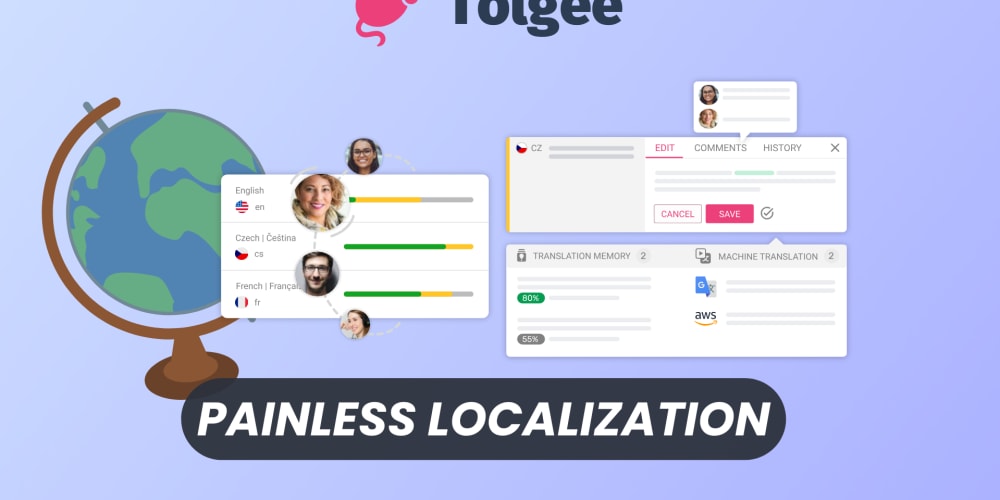
User Acceptance Testing (UAT) is the final testing phase of a software development life cycle, where end users test the software in a real-world setting to make that it complies with the criteria and is prepared for release. User Acceptance Testing tool involve testing the software's functionality, usability, performance, and compatibility with the end user’s environment. To conduct effective UAT, testers need to use various tools and techniques that help them identify defects and report them to the development team. In this context, there are several tools available in the market that can assist testers in performing UAT, such as automated testing tools, defect management tools, collaboration tools, and monitoring tools. These tools help testers ensure that the software meets the user's expectations and is fit for purpose. Thus, below are some reasons to use tools for UAT testing.
Consistency: UAT tools can perform tests consistently and reliably, ensuring that the same tests are run in the same way every time. This consistency is crucial in identifying defects and ensuring that the software meets the user's requirements.
Collaboration: UAT tools provide a platform for testers and other stakeholders to collaborate and communicate effectively. This ensures that all parties are aware of the testing progress and can address any issues promptly.
Cost-effective: UAT tools can help reduce the cost of testing by automating tasks and identifying defects early in the development process. This reduces the need for expensive rework and ensures that the software is delivered on time and within budget.
Increased test coverage: UAT tools can help testers cover a broader range of test scenarios, including complex scenarios that may be challenging to test manually. This helps identify defects and errors that may go unnoticed otherwise.
Faster feedback: UAT tools can provide real-time feedback on the status of tests, enabling testers to identify and address defects promptly. This helps reduce the time to market and ensures that the software meets the user's requirements.
Better reporting: UAT tools provide detailed reports on testing progress and results, making it easier for testers to track defects, identify trends, and communicate findings to other stakeholders. This helps ensure that all parties are aware of the testing progress and can take appropriate action.
Scalability: UAT tools can be used to test software across different environments and configurations, including different browsers, devices, and operating systems. This makes it easier to test software across a range of use cases and ensure that it works correctly in different scenarios.
Improved risk management: UAT tools can help identify potential risks and issues early in the development process, reducing the risk of defects and errors in the final product. This helps ensure that the software is of high quality and meets the user's requirements.
In Conclusion
User Acceptance Testing (UAT) is a crucial step in the software development process to ensure that the software meets the user's expectations and is ready for release. Opkey is a test automation platform that provides a range of tools to simplify the UAT process. Its UAT testing tool enables testers to automate testing across multiple platforms and environments and perform data-driven testing, cross-browser testing, parallel testing, and API testing. The platform provides real-time reporting and analytics, enhancing collaboration between testers and other stakeholders. Overall, incorporating UAT tools such as Opkey in the testing process can help organizations ensure that their software meets the user's expectations and is of high quality.


















